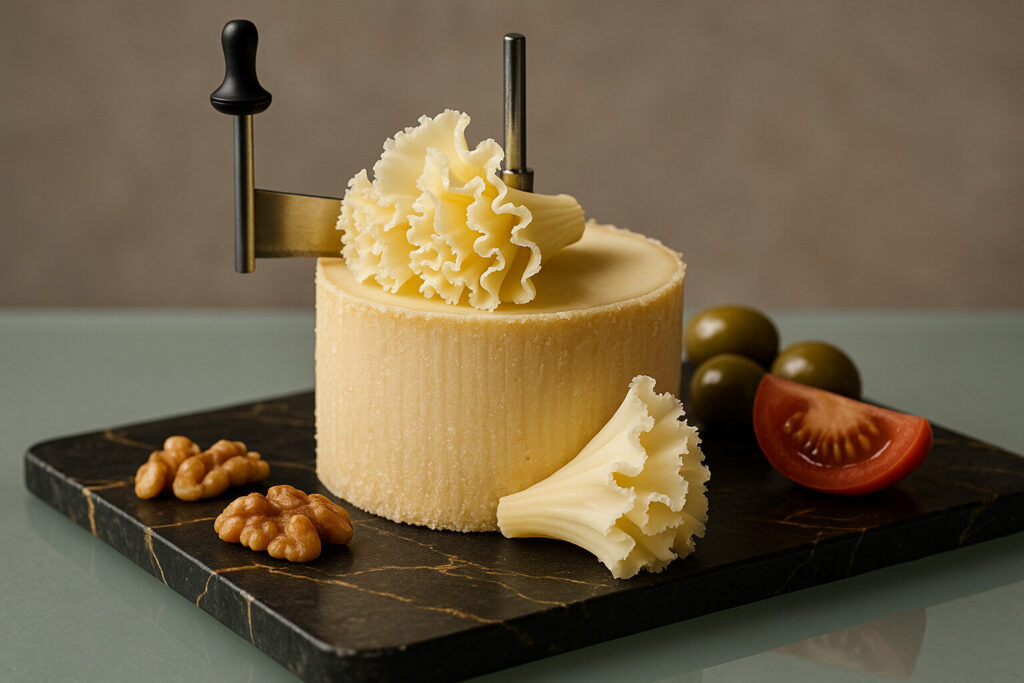Monastic Origin Cheese
Definition and Scope
Monastic origin cheeses are dairy products historically developed and perfected within religious monastic communities. These cheeses represent centuries of artisanal knowledge preserved through religious orders across Europe. The category includes both active monastic productions and secular cheeses derived from monastic recipes.
This classification encompasses diverse milk types including cow, sheep, and goat varieties. Monastic cheeses typically feature traditional production methods with minimal industrial intervention. Their scope extends from small-scale abbey productions to commercially licensed heritage recipes.
Historical Production Methods
Monastic communities developed cheese making as both practical sustenance and economic activity. Monasteries maintained detailed records of aging techniques and seasonal variations. Their isolated locations allowed for development of unique regional characteristics.
Traditional monastic production emphasizes natural fermentation and extended aging periods. Cheese makers followed liturgical calendars, often blessing cheeses at various production stages. Many techniques involved specific monastic equipment like stone presses and natural cave aging.
Sensory Characteristics
Monastic cheeses typically exhibit complex flavor profiles developed through slow maturation. Common characteristics include earthy notes, nutty undertones, and balanced saltiness. Their textures range from semi-soft to hard depending on aging duration.
These cheeses often develop natural rinds with distinctive mold formations. Aroma profiles can include cellar notes, mushroom scents, and subtle sweetness. The sensory experience reflects the terroir of monastic locations and their unique microclimates.
Culinary Applications
Monastic cheeses serve as both table cheeses and cooking ingredients due to their melting properties. They pair well with rustic breads, dried fruits, and monastery-brewed beverages. Their robust flavors stand up to hearty wines and artisan beers.
In cooking, these cheeses add depth to sauces, gratins, and baked dishes. Many maintain structural integrity when heated while developing richer flavors. Their versatility makes them suitable for both simple presentations and complex culinary preparations.
Notable Examples
French Trappist monasteries produce renowned examples like Port-du-Salut and Saint-Paulin. Belgian monasteries developed Chimay cheese paired with their abbey beers. These cheeses maintain Protected Designation of Origin status in many cases.
Italian monastic traditions include Parmigiano-Reggiano with Benedictine origins. Spanish monasteries produce Idiazábal and other sheep’s milk varieties. German monasteries contribute to the Limburger tradition through centuries of refinement.

